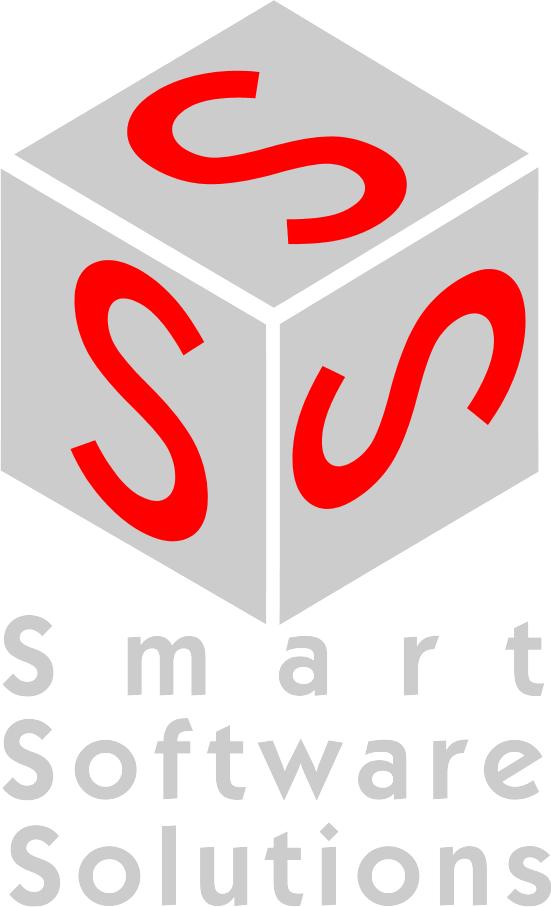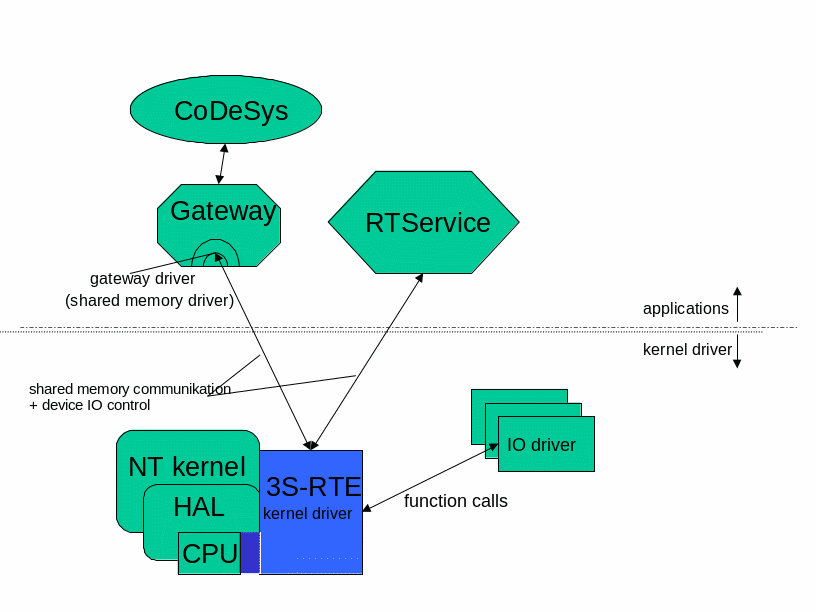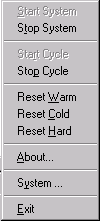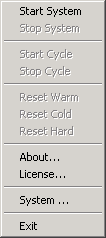
- •Documentation for oeMs: CoDeSys sp rte
- •Document Version 2.2
- •1Overview
- •1.1What does "real time extension" mean?
- •1.2The System in Detail
- •2Operation via the Service Icon
- •2.1The System Menu
- •2.1.1Diagnostic
- •2.1.2Startup
- •2.1.3Config
- •2.1.4Access
- •2.1.5Io Drivers
- •3The 3s Standard io Drivers
- •3.1Io driver rtiOdrvHilscherDpm
- •3.1.1The SysLibDpV1.Lib
- •3.2Io driver rtiOdrvFc310x.Sys
- •3.2.1The library SysLibFcdpv1.Sys
- •3.2.2The library fc_SlaveHandling.Lib
- •3.3Io driver rtiOdrvDamp
- •3.4Io driver rtiOdrvApplicom
- •3.6Io Drivers rtiOdrvSja and rtiOwdmPcan
- •3.7Io Drivers rtiOdrvAutomata and rtiOwdmAutomata
- •3.8Io drivers rtiOdrvHms and rtiOwdmHms
- •3.9Io driver rtiOdrvApic
- •3.10Io Driver rtiOwdmCanAutomata
- •3.11Io Driver rtiOwdmSofting
- •4Communication
- •4.1Shared Memory Driver
- •4.2 Tcp/ip Level2 Route Driver
- •5System Diagnosis
- •5.1Bus diagnosis of the io drivers
- •6The Task Configuration together with CoDeSys v2.3
- •6.1Systemereignisse können mit Funktionsaufrufen dem iec-Programm zur Verfügung gestellt werGeneral
- •6.2Task specific watchdog
- •6.3Microseconds as time base
- •6.4Freewheeling task
- •6.5System events
- •6.6DllCall.Lib together with SysLibSystemCall.Lib
- •6.7SysLibCallback.Lib
- •6.8SysLibCom.Lib
- •6.9SysLibFile.Lib
- •6.10SysLibPorts
- •6.11SysLibTime
- •6.12SysLibSockets
- •6.13SysLibShm.Lib
- •6.14SysLibPciCards.Lib
- •7Behaviour in case of runtimeerrors
- •8Appendix
- •8.1The Registry Entries used by the Runtime System

Documentation for oeMs: CoDeSys sp rte
Document Version 2.2
CONTENT
1 Overview 3
2 Operation via the Service Icon 5
3 The 3S Standard IO Drivers 14
4 Communication 22
5 System Diagnosis 23
6 The Task Configuration together with CoDeSys V2.3 25
7 Behaviour in case of runtimeerrors 30
8 APPENDIX 31
Change History 34
1Overview
In this document it is assumed that the reader is familiar with the fundamental behaviour and functions of a CoDeSys runtime system. Therefore this brief manual only deals with the specific features of the runtime system for a real time extension of Windows NT.
The real time system is started by executing the command ‘Start CoDeSys SP Windows NT for Realtime’ in the CoDeSys menu in the Windows Start menu. When started the following service icon appears in the Windows task bar:
1.1What does "real time extension" mean?
A real time system is characterized by predictable (deterministic) time behaviour. If for example a real time system is given the task of executing specific routines (through configuration) within a predetermined time pattern this will happen within predetermined temporal ranges of tolerance. If this is not the case it is regarded as a failure of the whole system.
If this is applied to a controller such as CoDeSys this means that a task is called within predetermined (known) ranges of tolerance.
Figures drawn from past experience have shown that these ranges are not adhered to by Windows NT, which means that NT is not a genuine realtime operating system.
Yet the hardware in a PC is made in such a way that it is possible to create a reliable task scheduling by means of software.
The real time extension of Windows NT is an NT driver which installs an Interrupt-Service-Routine which is called-up cyclically by the timertick of the PC’s hardware.
This routine now takes over the job of calling-up defined tasks from CoDeSys and/or of authorizing the continued or renewed execution of the operating system.
1.2The System in Detail

The kernel of the realtime extension (short RTE) consists of two parts: A system service, called RTService.exe and a kernelmode-driver (3SRTE.sys). In standard version the PC’s timertick is used to generate 2 hardware interrupts per millisecond, and so call the scheduler of the RTE. The scheduler uses every second tick to call his own tasks and the others to return to the interrupted OS. So all PLC-tasks are interrupted once per millisecond by a time slice of OS-execution. The percentage of time for PLC-tasks is configurable (see chapter 6).
The mentioned IO-drivers are added to a list and have to offer a special interface which is defined by the IO-DriverToolkit.
The whole system does not change the operating system’s kernel at runtime or installation.
2Operation via the Service Icon
See the user menu (right mouse button) of the RTE Icon in the task bar:


The commands which are available, depending on the current operational status, are shown black-colored (enable).
The following individual operations can be conducted:
Start System loads and activates the driver. Only then is it possible to work on real time tasks and to communicate with the programming system.
Stop System stops the driver and removes it from the PC’s memory.
Start Cycle / Stop Cycle start and stop the cyclical execution of IEC tasks. This operation corresponds with the menu item "Start"/"Stop" in the online menu of CoDeSys.
Next are the three types of Reset options which also correspond with the entries in the CoDeSys menu.
About shows the splash screen of the RTE which apart from the icon also includes information on the version and the copyright.
System shows a dialogue with system settings. Two settings can be altered here: If there is a tick behind the option “Start when booting“ the service will be started automatically by NT on the next start of the system. This happens completely regardless of the fact whether a user logs in or not. With the option “Automatic PLC Start“ the user can decide whether to start the driver automatically from the service or not.
Exit not only stops the driver but also the service after the driver has been unloaded. The service can be restarted with “Start – Settings– System Control – Services“ or by the entry in „Start – Programs“ under CoDeSys. It is possible to start the driver in “System Control – Devices”, yet this is not very sensible because it deactivates the driver. The RTE service activates it when starting.
License is only available, if you own a newer version, where the hardlock (dongle) is replaced by a software license.
